Last Updated on May 12, 2025 by Sarah Davis | Published: April 18, 2020
Getting around Rome can feel like a puzzle—between the occasional transit strike, unreliable buses, and a metro line that seems forever under construction, it’s no wonder many visitors stick to exploring on foot. But with a little insider knowledge, Rome’s public transportation system can actually become your best travel hack.
Whether you’re zipping from the Colosseum to the Vatican or catching an early bus to the airport, this guide will show you how to master public transportation in Rome like a true local.
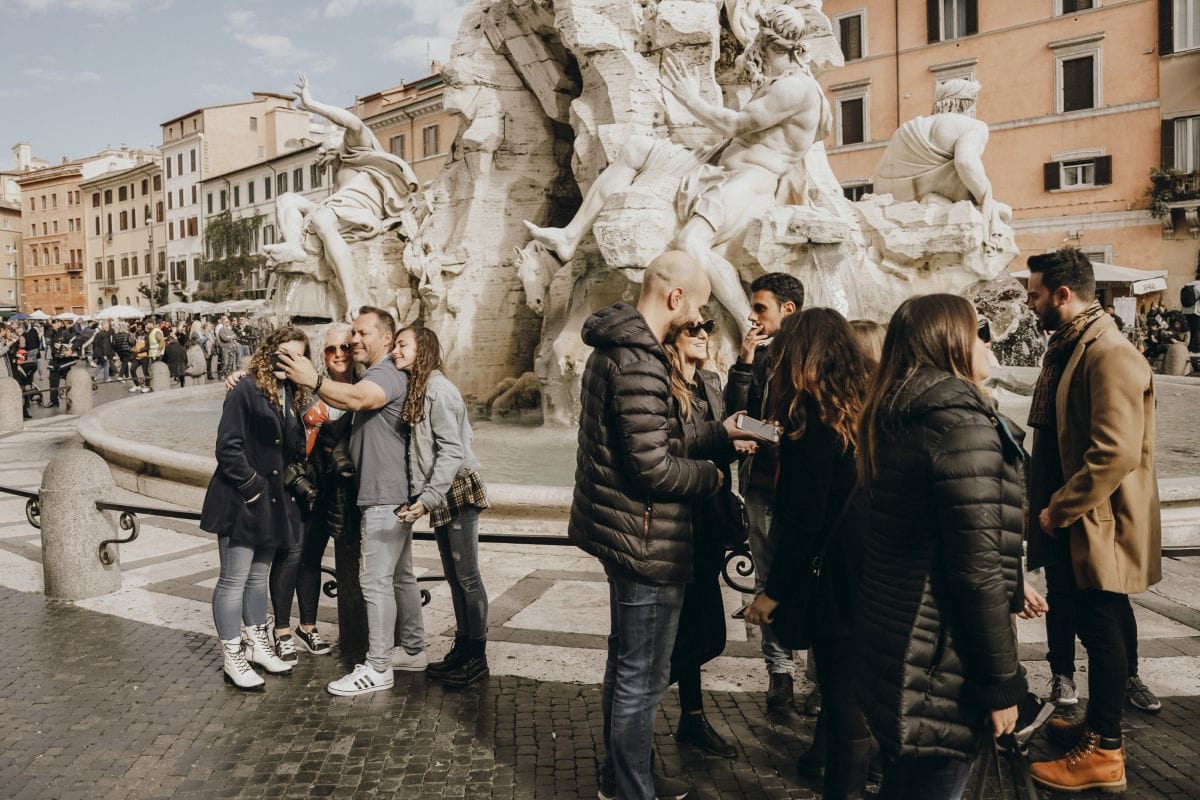
How to decide which of Rome’s public transportation options to take
First, let’s get the basics down. Rome has three types of public transportation options, and they all involve different methods for how to use them.
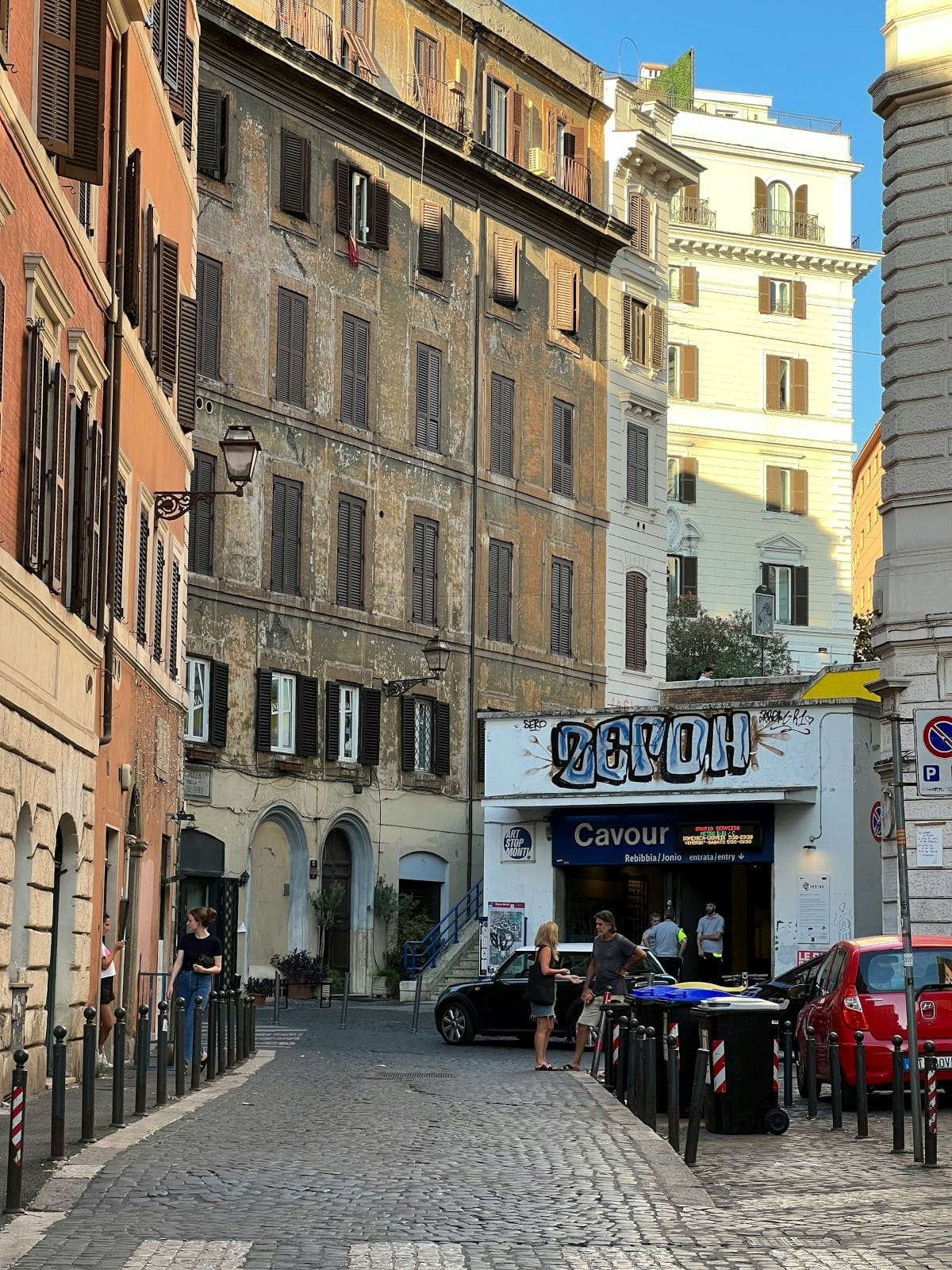
Metro (subway)
The simplest of them all, the Roman metro system has three different lines and comes regularly and on time, but only covers a small portion of the city:
- For the most part, metro lines A (orange) and B (blue) are the most useful, including the stops Colosseo (in front of the Colosseum), Ottaviano (near the Vatican Museums) and Termini (Rome’s main train station).
- You can buy tickets at the stations and should keep them for the duration of your metro trip. The metro runs from 5:30 a.m. to 11:30 p.m. and until 1:30 a.m. on Friday and Saturday evenings.
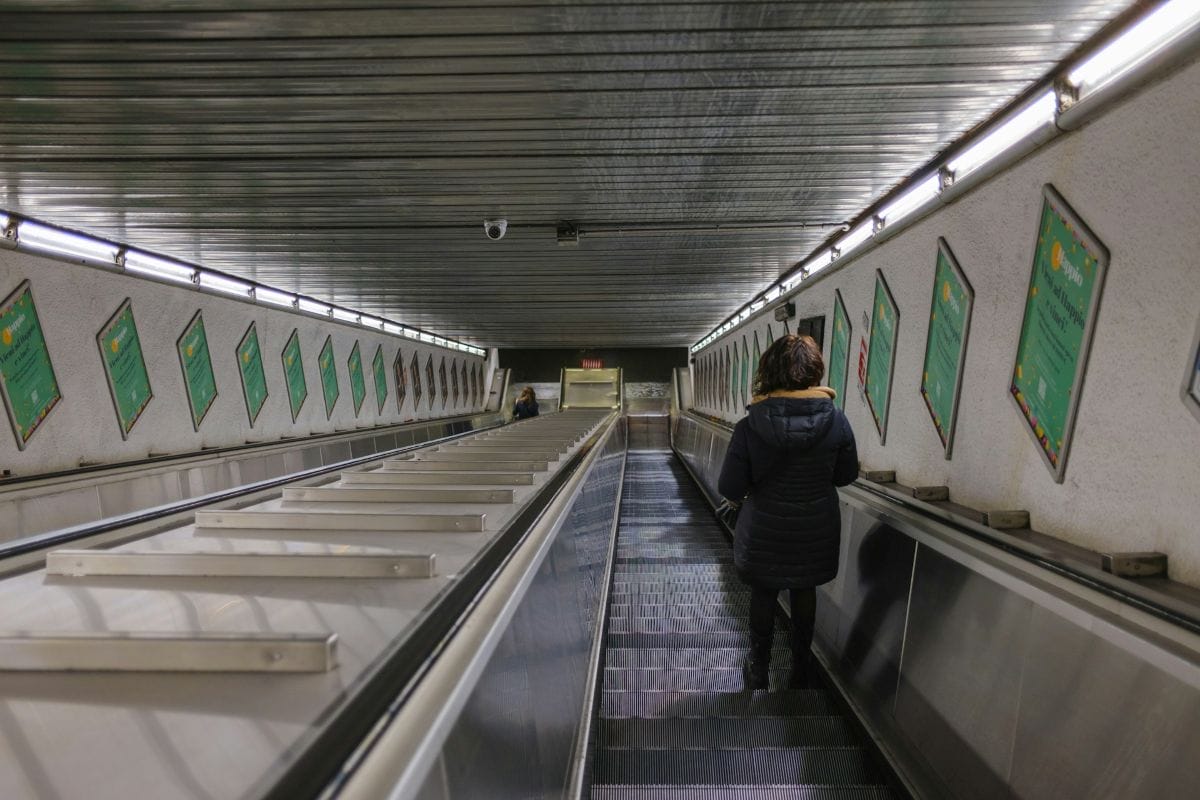
Tram
Your second best option when it comes to moving by public transit in Rome, the trams work similarly to the buses but run more frequently and are generally more reliable.
The two main tram lines are:
- The 8: Which runs from Piazza Venezia to Trastevere and makes it super easy to get to our Trastevere tours.
- The 3: Which runs from the Colosseum, through Testaccio (where our morning market tour is) and finishes in Trastevere as well. You do need to buy your tickets in advance and stamp them on the tram to validate them and avoid any fines.
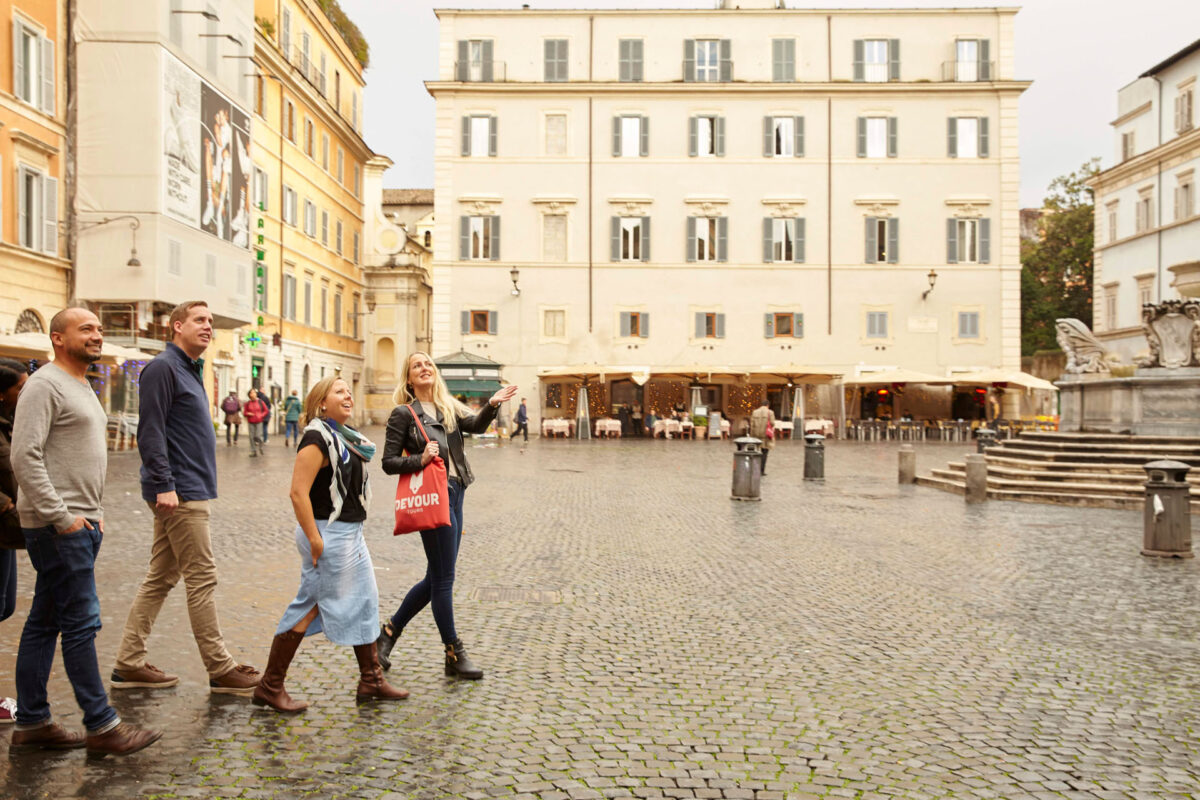
Bus
While they’re not the most reliable, taking the bus is inevitable in Rome if you can’t walk to your destination and want to avoid taking taxis (although the Free Now app is a great alternative to Uber in case you do cave and go for that taxi).
The trick to taking the bus in Rome is to leave yourself plenty of time and not rely too much on the timetable. Certain lines are more dependable than others as well, especially in central areas.
There are a few tricks for catching the bus, though—always stamp your ticket when you board (the driver doesn’t have any tickets for sale so you’ll need to buy them beforehand) and push the red button to indicate you’d like to get off at your stop.
Hot tip:
- Some useful buses include the 64 and 40 which run from Piazza Venezia to Termini Station, and the H which runs from Termini to Trastevere.

How to purchase tickets for Rome’s metro, buses, and trams
Now that you’re an expert on using public transit during your stay in Rome, it’s time to touch on the always-complicated subject of where to find tickets and how to pay for them.
There are different options when it comes to tickets for the metro, trams and buses, as well as combined tickets like the Roma Pass, where you can pay one fee for entrance to public museums and have unlimited use of transportation services included. The pass is available for 48 hours or for 72 hours.
- If you’re just looking for an open pass for all public transportation, you can purchase one from ATAC, the local public transportation network, for 24 hours, 48 hours, 72 hours or 7 days. If you won’t be relying on public transportation 100 percent, the easiest option is to use single-use tickets.
- All of the ATAC tickets (not including the Roma Pass) can be purchased online by credit card and picked up at any ticket offices in the metro stations. If you have cash, you can use the ticket machines in the metro stations and at some bus stops like Termini, or grab them from any of the tabacchi shops you see on the street (indicated by the “T” sign in front). For access to the metro, you can also use Apple Pay with iPhones and bring up your wallet to swipe yourself through the turnstiles (not applicable for bus/tram trips).
- The single-use tickets are valid on the metro, bus and trams, and have a 100-minute expiration, meaning you can ride the metro (using the ticket) and then keep the same ticket on you to take a bus or tram for the full 100 minutes. While some people may think that buses are “free” because the driver doesn’t check tickets, there are groups of ATAC enforcers who will do random checks and fine you if you don’t have a valid and stamped ticket on you.
Hot tip:
- Most automatic machines don’t accept cards and will give change in coins, so be careful if paying with large bills.

Rome public transportation FAQs:
What is the Rome metro schedule?
The Rome metro typically runs from 5:30 AM to 11:30 PM, with extended hours on Fridays and Saturdays. Always check the latest metro schedule for updates, especially on holidays or during special events.
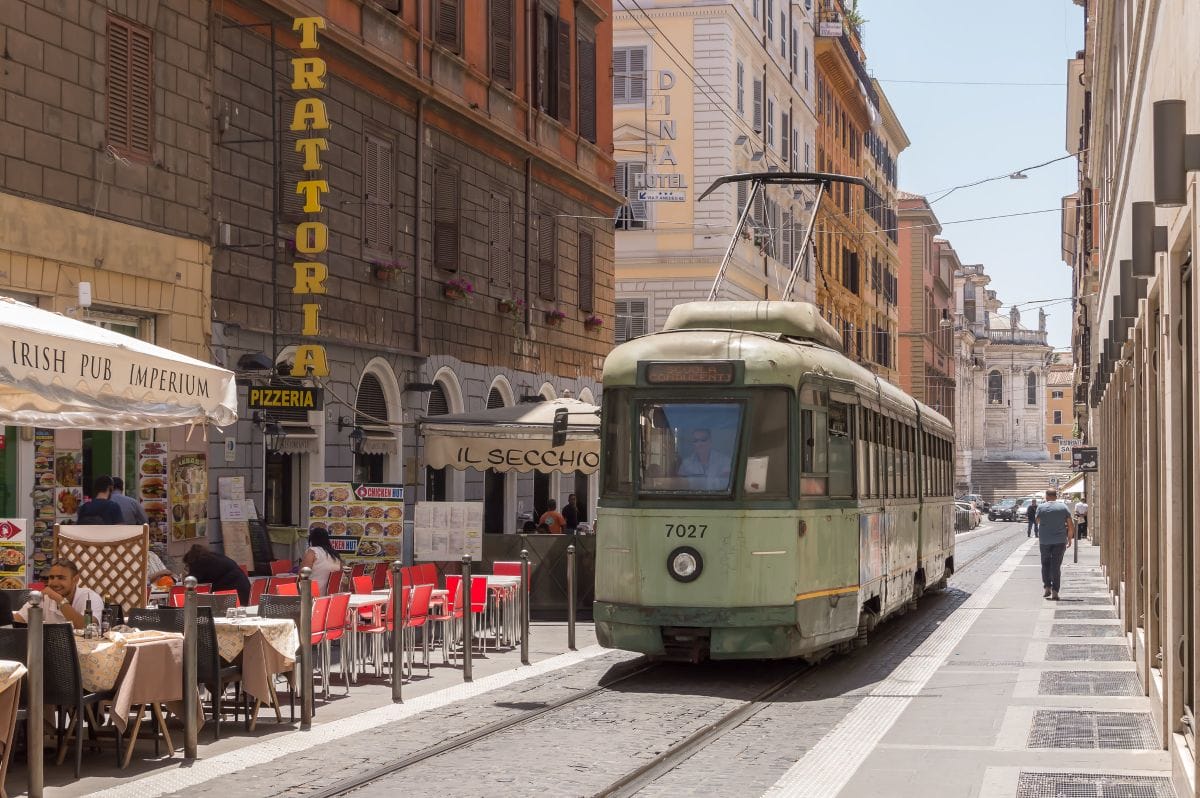
How do I use the tram in Rome?
To use the tram in Rome, buy your ticket beforehand at a tabacchi shop or vending machine, validate it once on board, and enjoy a scenic ride through the city.

Are trams in Rome reliable for tourists?
Yes, trams in Rome are a reliable and efficient way for tourists to explore neighborhoods like Trastevere and Testaccio while enjoying views of the city.
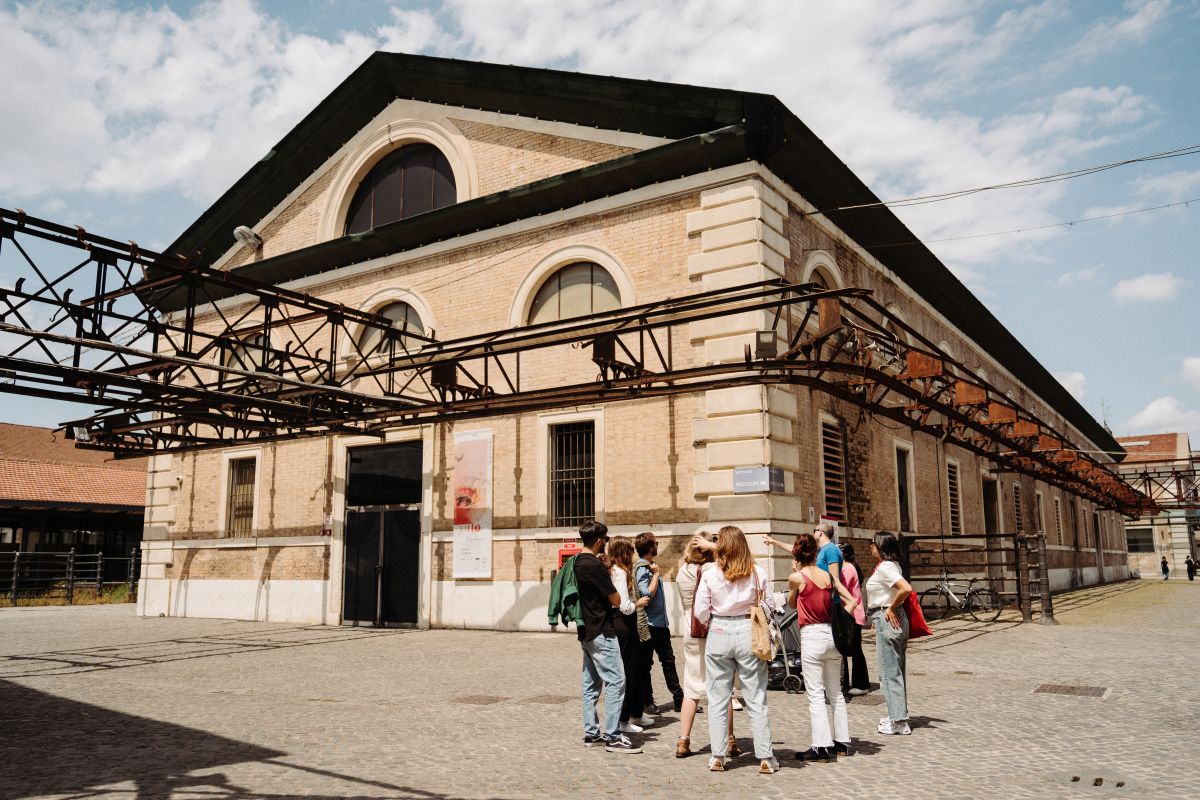
What types of tickets are available for Rome public transportation?
Rome public transportation offers single-ride tickets, daily passes, and multi-day travel cards. Tickets are valid on buses, trams, and the metro, making it easy to switch between transport types.

Where can I find updated Rome metro working hours?
Updated Rome metro working hours can be found at metro stations, official transport apps, or the ATAC website.
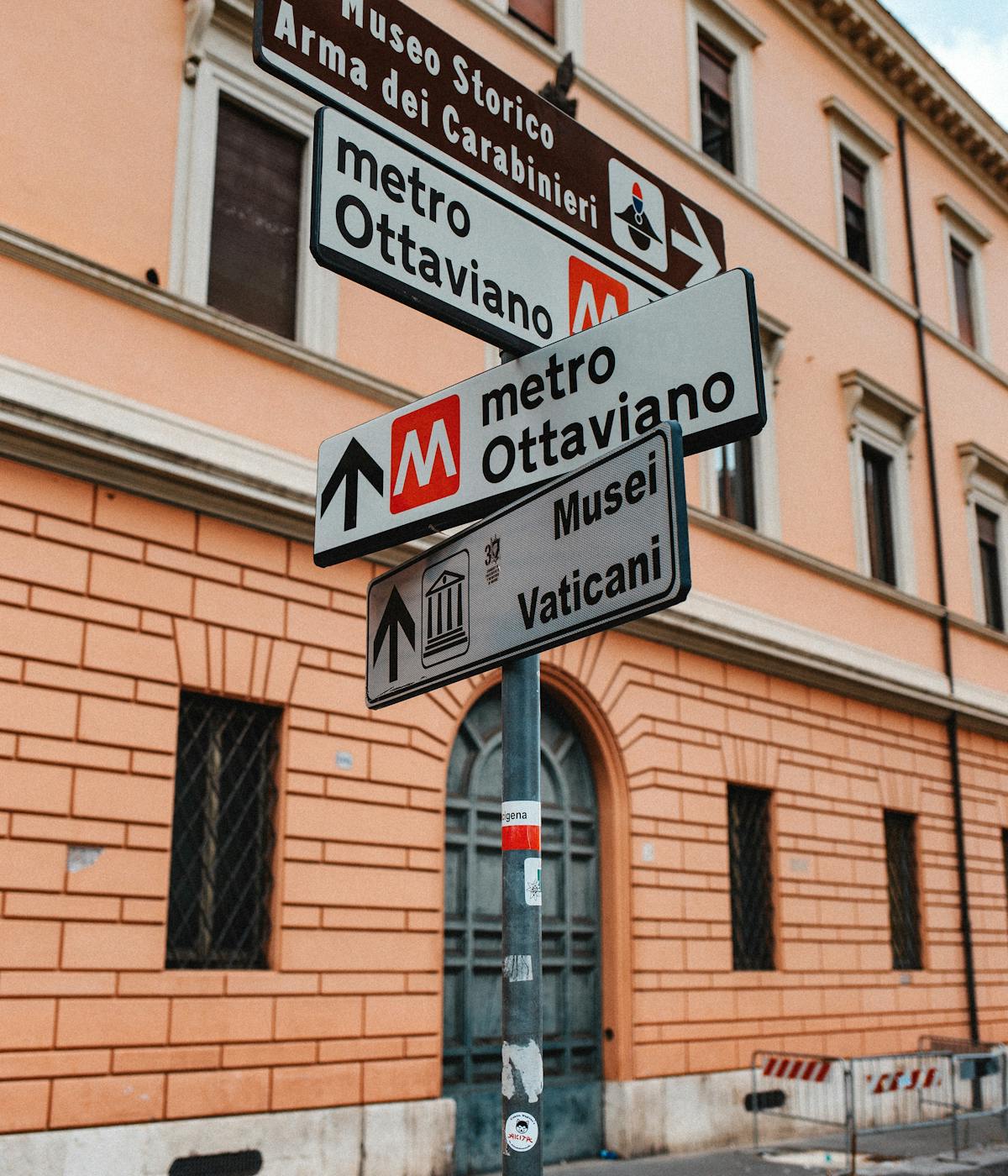
Update Notice: This post was updated on May 12, 2025.








